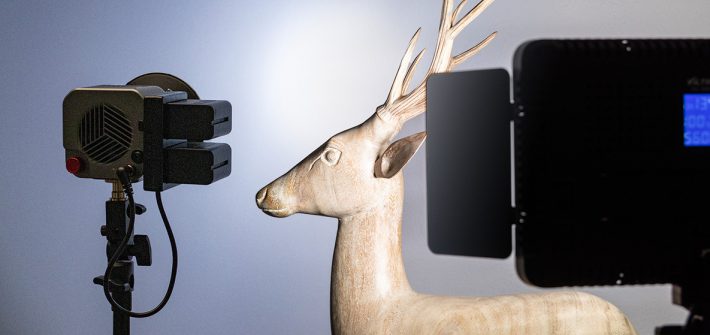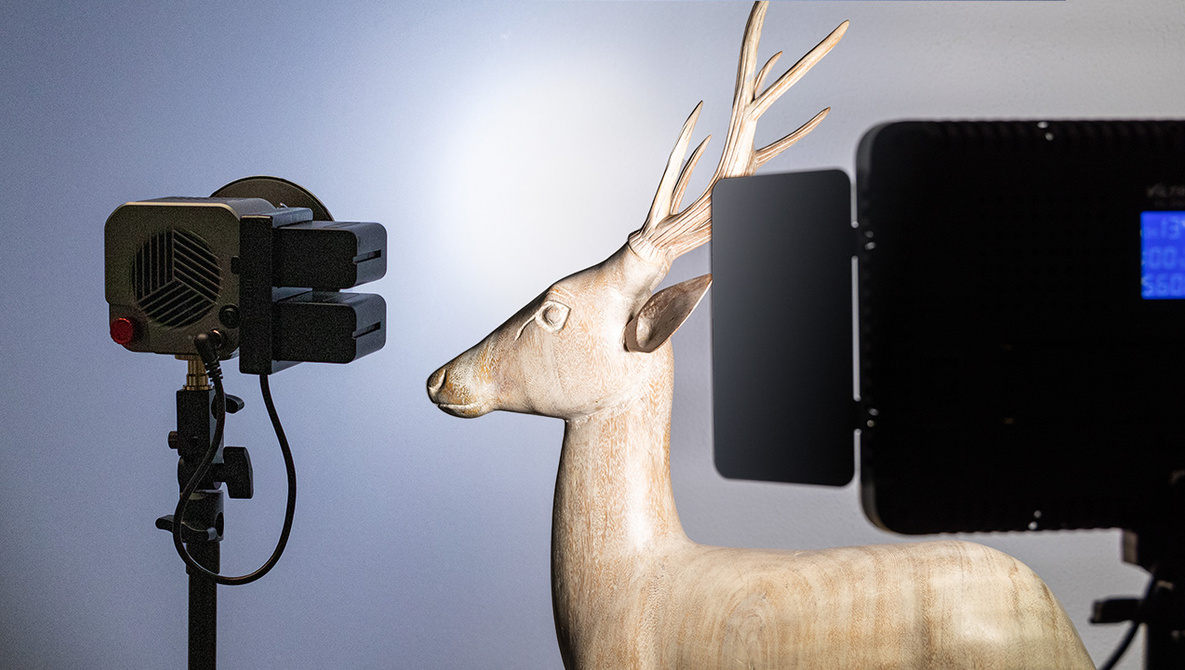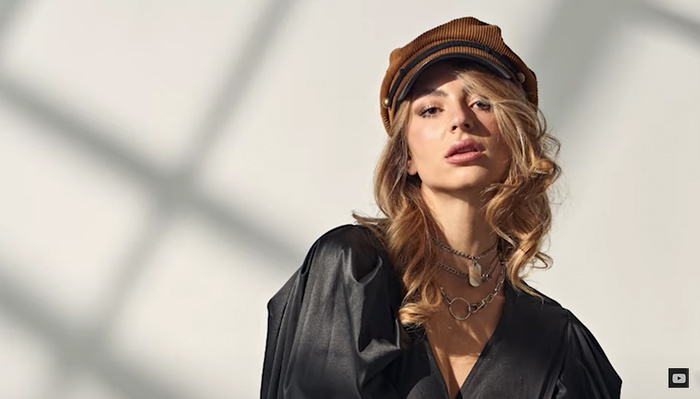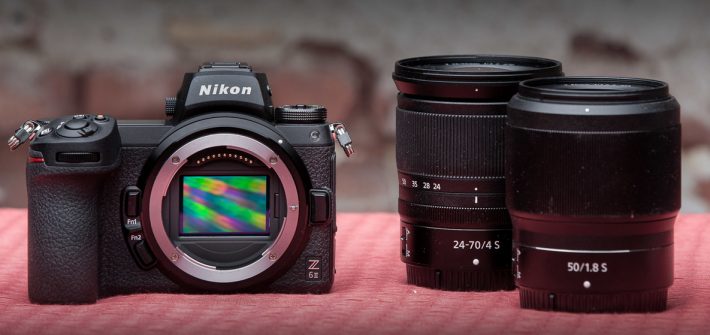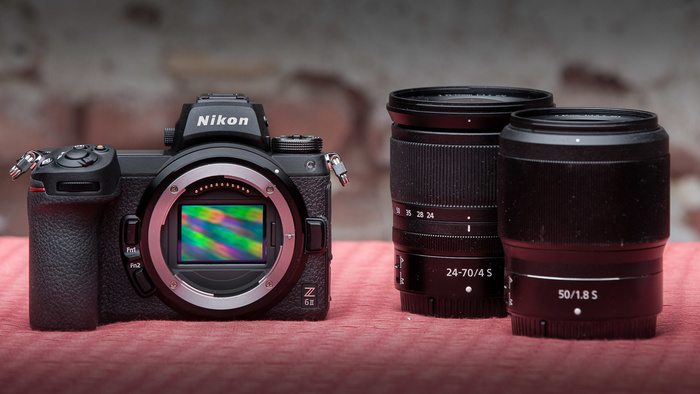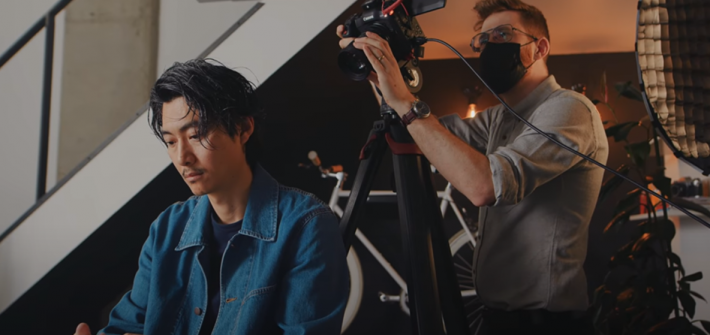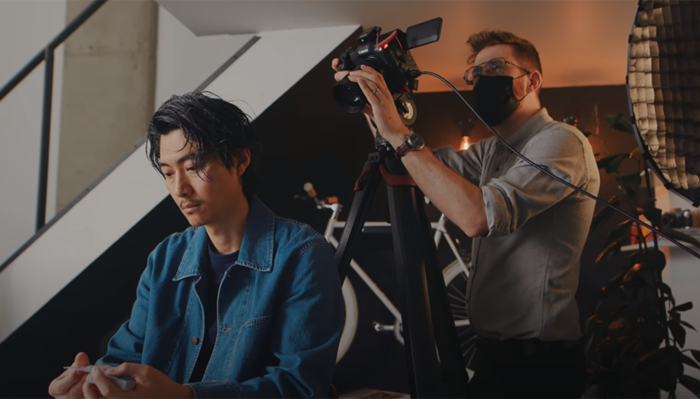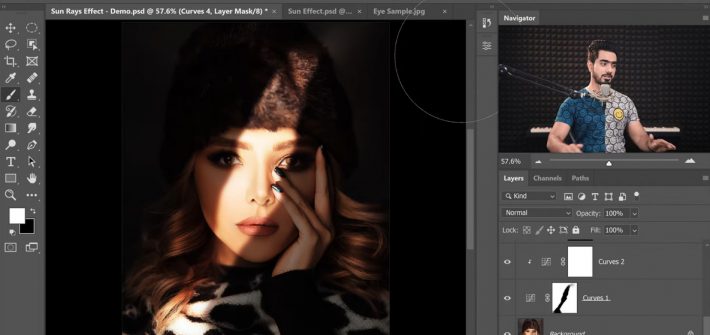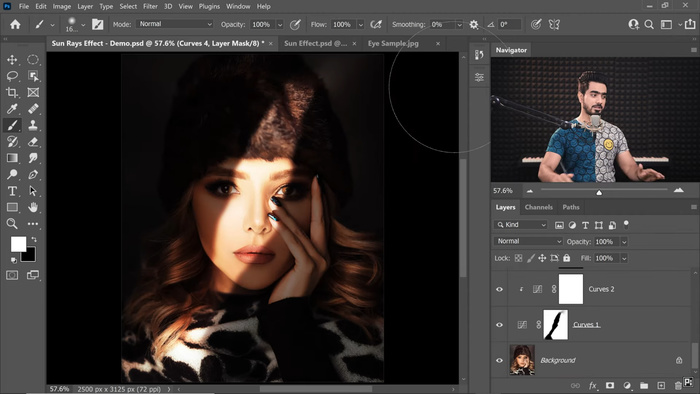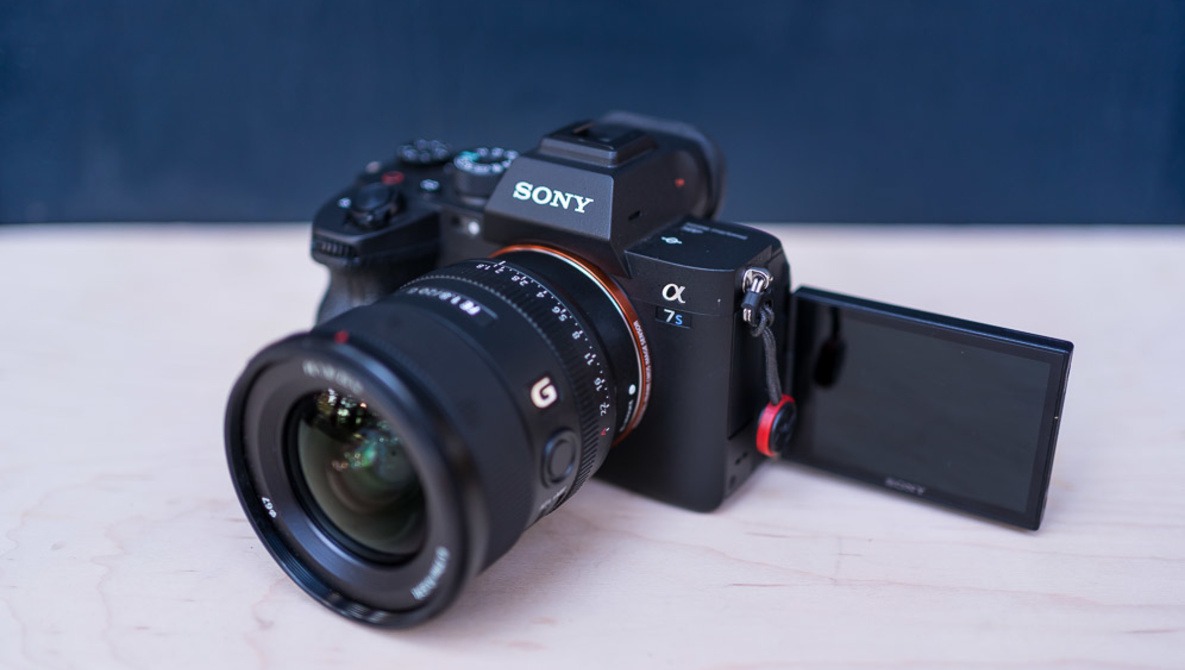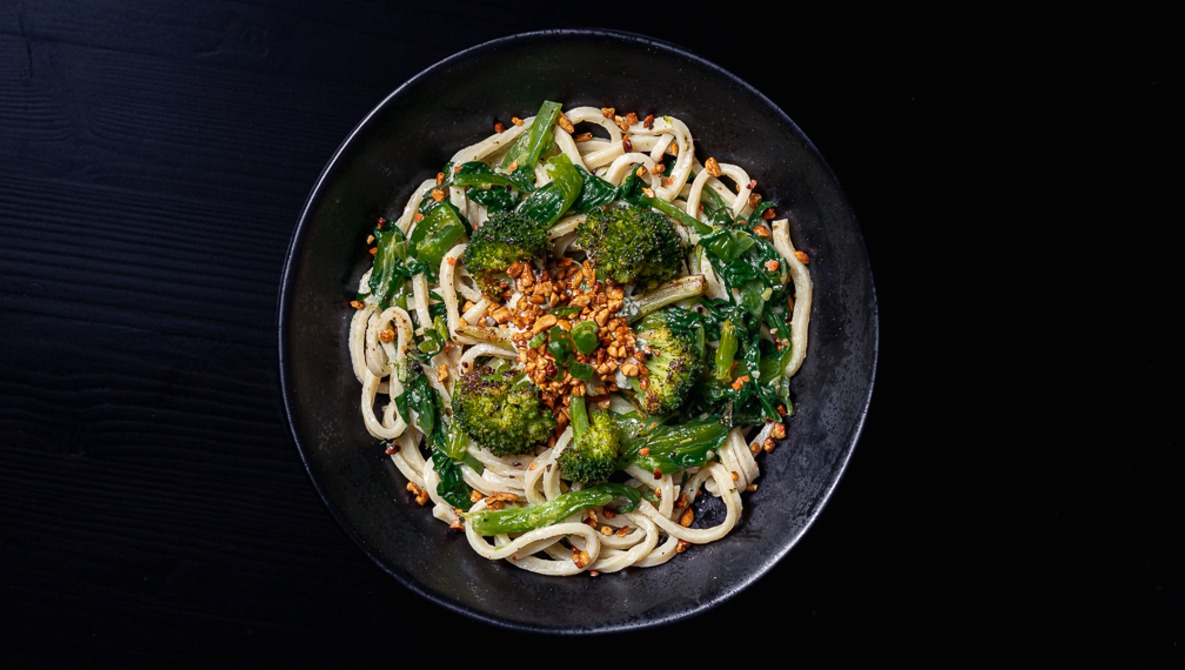There are two kinds of light sources for video: LED lights and panels. Both have advantages and drawbacks. Which is the best choice when you’re on a budget? Should you choose an LED light or an LED panel? I made my choice, but now, I have my doubts.
Lighting
Affordable Lighting for your Home Studio: We Review the SmallRig RC120B

Constant lighting has dropped dramatically in price, with companies like SmallRig making excellent products — along with accessories — that are refreshingly accessible. How good is the SmallRig RC120B, a bicolor packing a decent amount of power and coming in at just $259?
3 Portrait Lighting Setups Using 2 Lights

Tutorials on using a 1-light setup for portrait photography are commonplace, and rightly so. There are several ways that a single light source can be positioned to create flattering lighting on a subject. You might think that switching to a 2-light setup would be twice as complicated. This isn’t the case. There are several 2-light arrangements that are easy to understand and quick to set up. Using 2 lights can make it easy for you to transition between a clean headshot and a dramatic portrait.
Shooting Window Light Without a Window: Nathan Elson’s ‘How I Got the Shot’
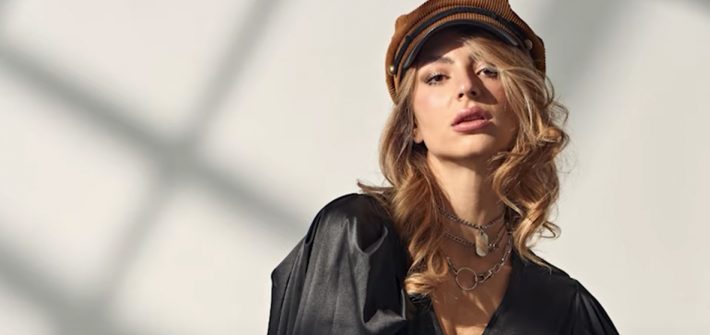
YouTube and photography blogs seem to be all stocked up with quick BTS videos these days. We see photographers swinging lights around and talking about post, but I don’t think we see enough of their thought processes. Here, with Nathan Elson, we get a little bit of everything.
![]()
3 Reasons You Should Get the Sony a7SIII
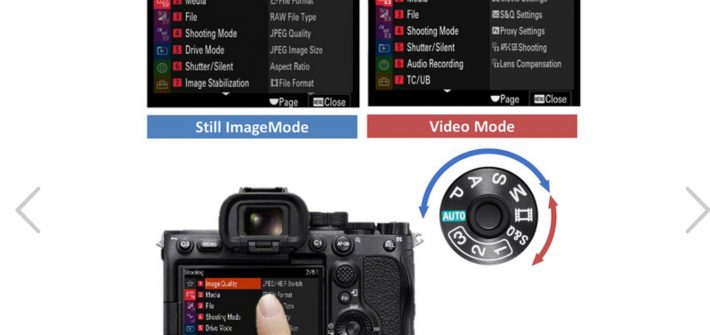
Some of us don’t need to be persuaded to buy new camera gear like the Sony a7S III. Early adopters buy the latest and greatest simply because they love new tech, and many photographers are gearheads that can’t resist. Even so, it’s probably a good idea to support your purchase with these three reasons you should get the Sony a7S III.
![]()
3 Things To Unlearn When Shooting Editorial and Lifestyle Food Images
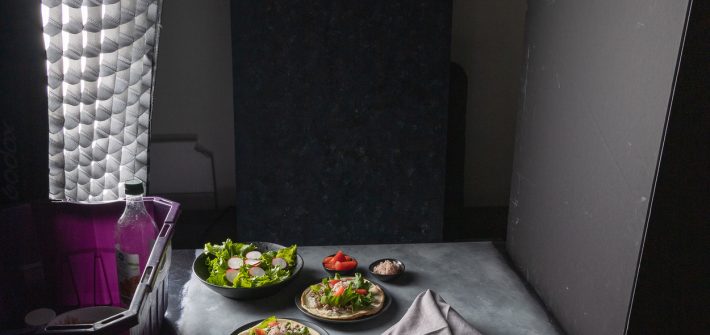
Food is a fundamental part of survival. The very first thing we do after being born is eat. Human brains know food on a primal and instinctual level. Our brains automatically reject or call into question food imagery that doesn’t look real. In advertising, our brains are a little more forgiving.
![]()
